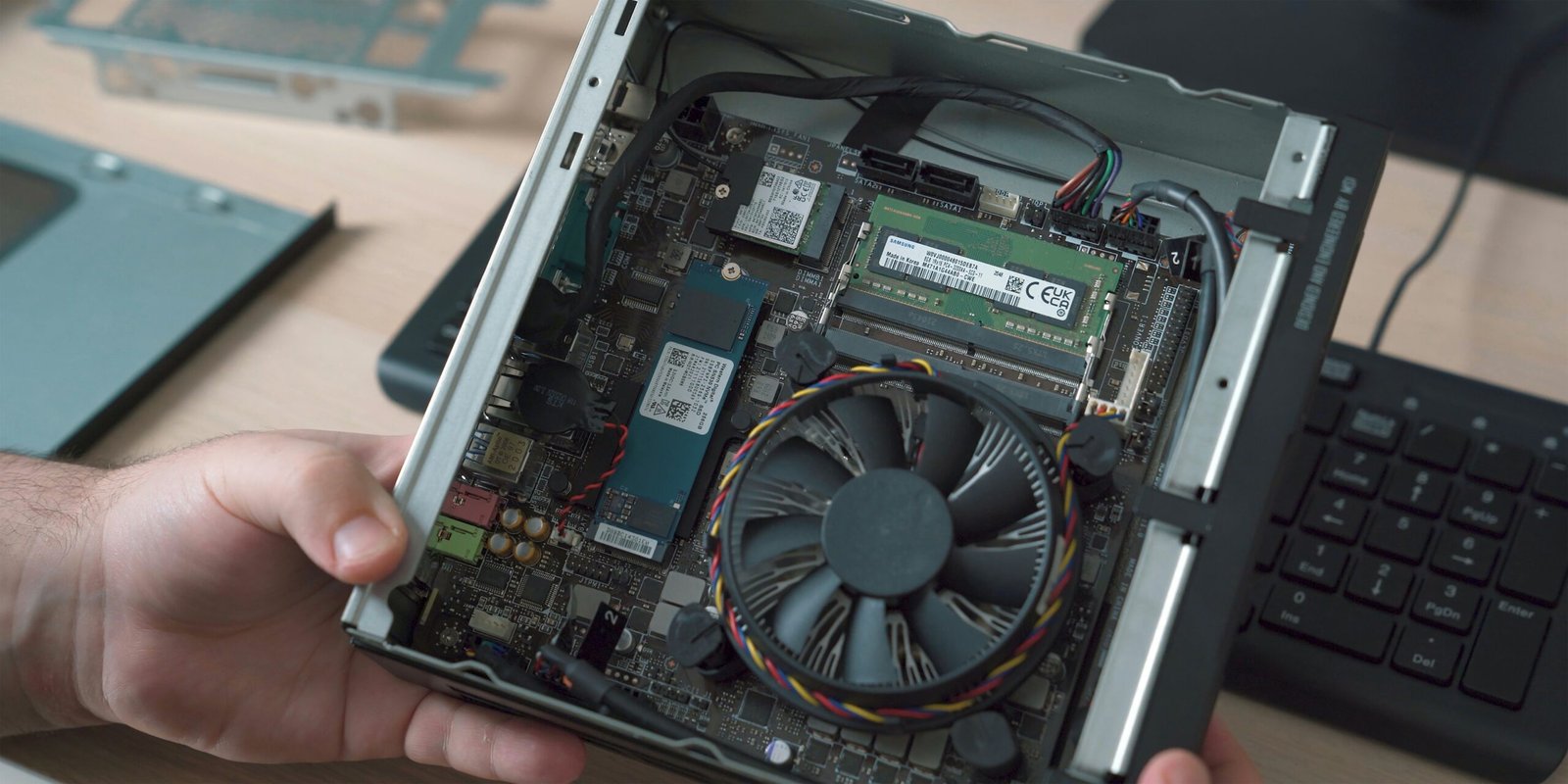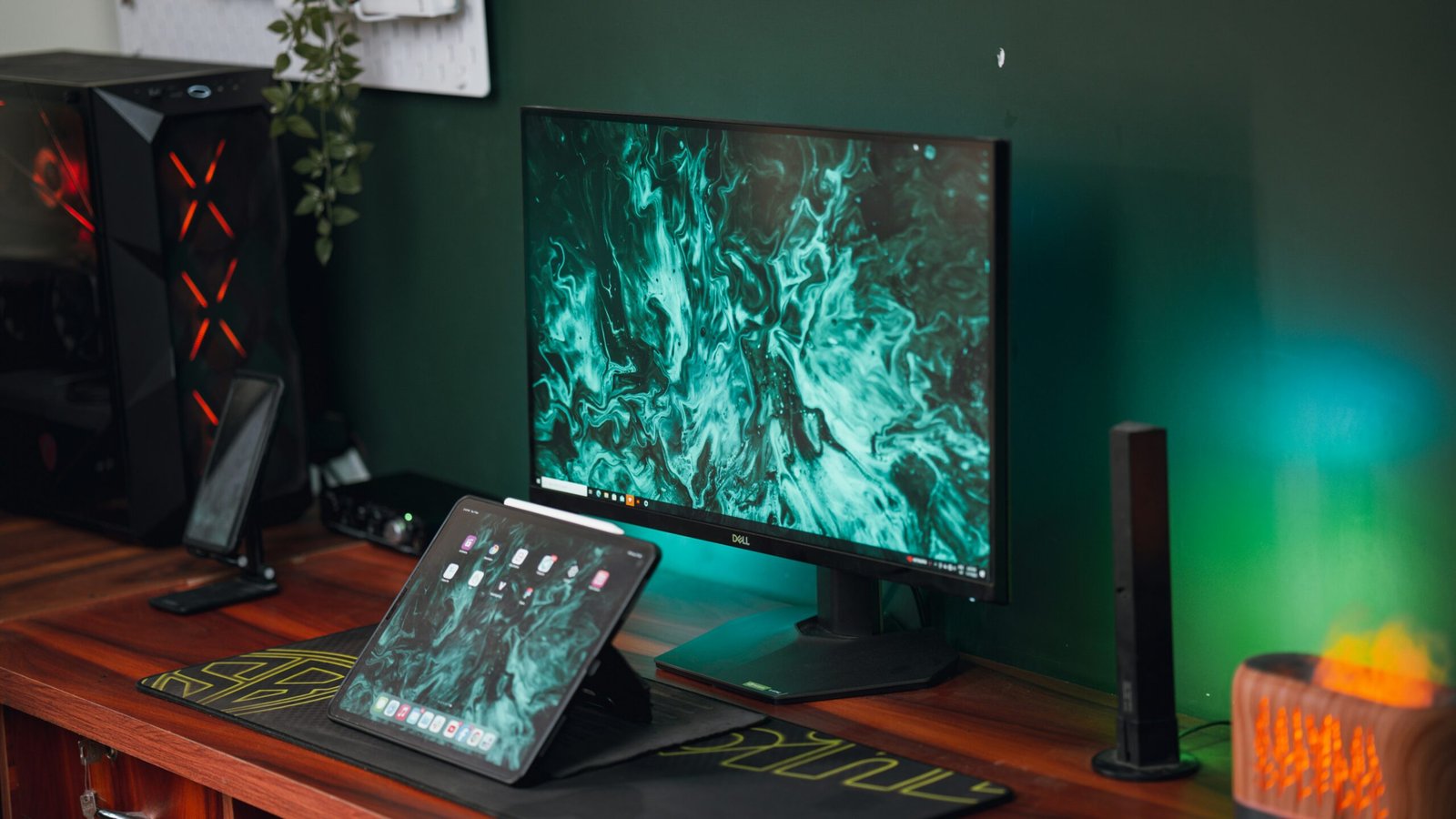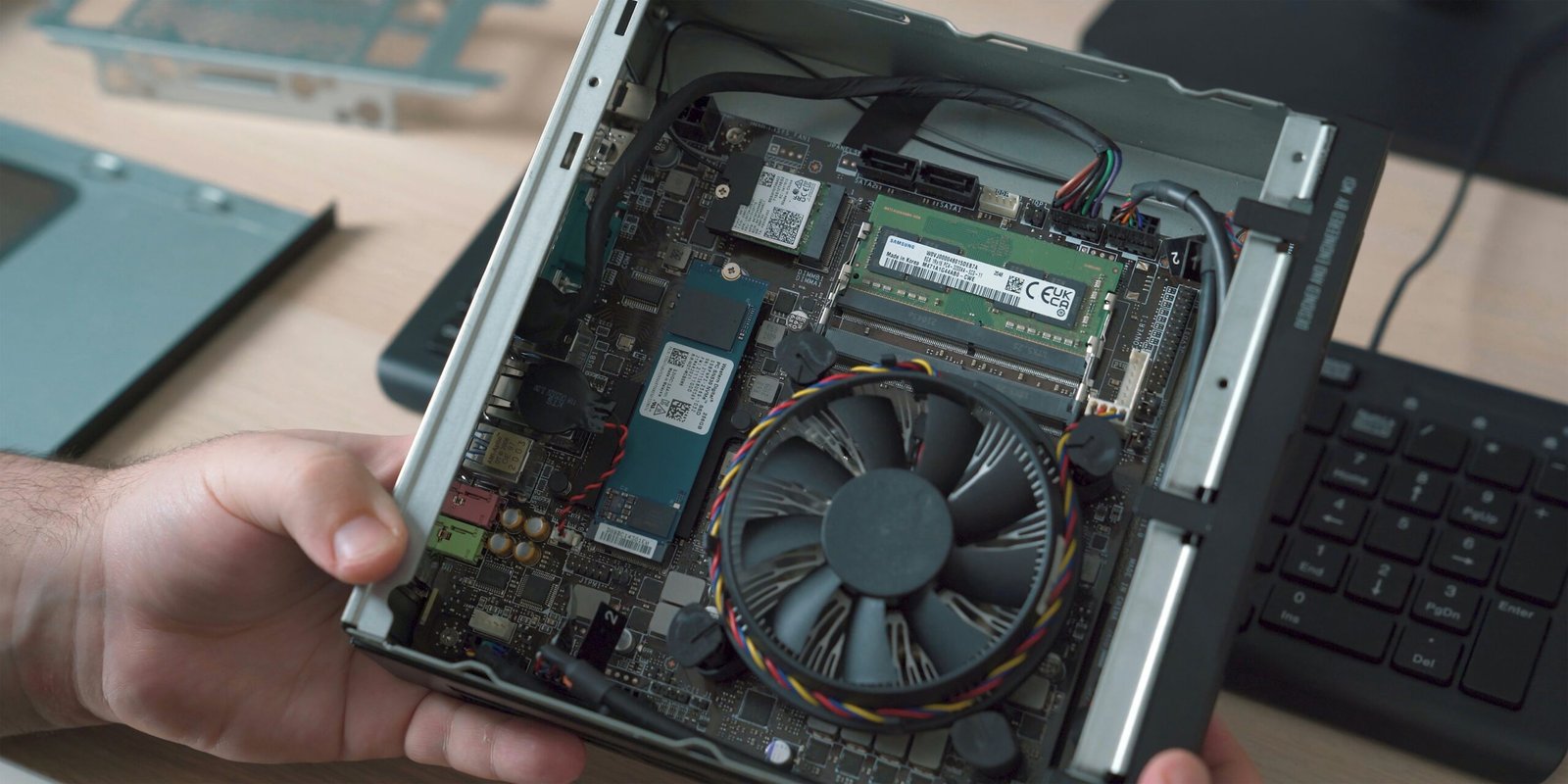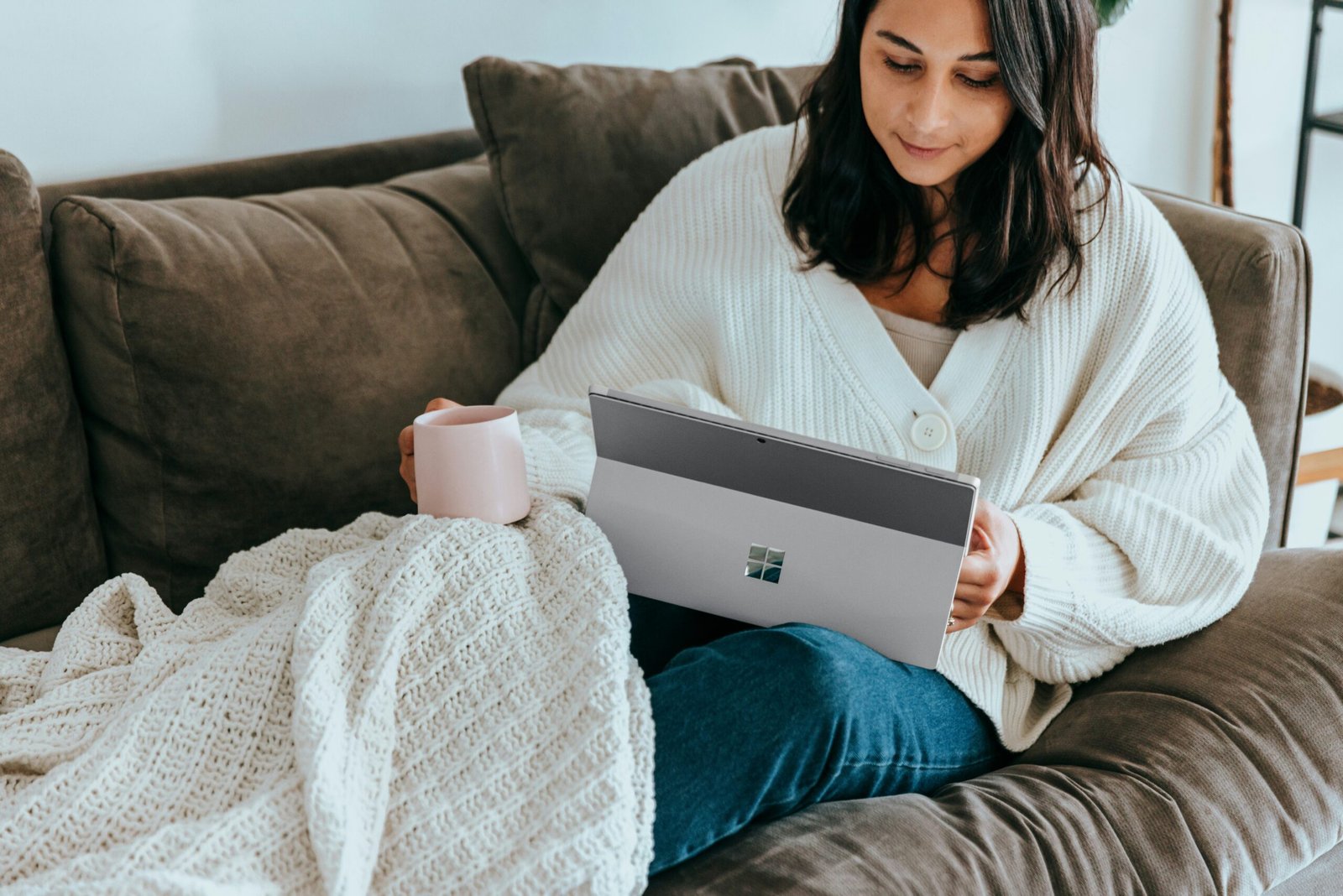Can a Mini PC Replace a Laptop?
“`html
Introduction to Mini PCs and Laptops
In today’s rapidly evolving technological landscape, both mini PCs and laptops have become essential tools for various professional, educational, and personal needs. To understand whether a mini PC can replace a laptop, it is crucial first to grasp the inherent differences and similarities between these two devices.
Mini PCs are compact desktop computers designed to provide a high degree of functionality within a small form factor. Typically, these devices cater to users who need substantial computing power in a compact space, such as digital signage, home media centers, or office workstations. They offer the versatility of traditional desktops but are easier to transport and install in limited spaces.
On the other hand, laptops are portable computers that integrate a screen, keyboard, and trackpad into a single foldable unit, making them ideal for on-the-go use. Laptops have traditionally been favored by students, business professionals, and remote workers who require mobility without compromising on performance.
Historically, laptops emerged in the early 1980s, revolutionizing the notion of portable computing. Throughout the decades, laptops have evolved significantly, incorporating advanced processors, extended battery life, and enhanced graphics capabilities. These developments have enabled laptops to perform a wide range of tasks traditionally reserved for desktop computers.
Mini PCs, a more recent innovation, gained traction in the mid-2000s with advances in microprocessor technology that allowed for desktop-level performance in compact forms. Early mini PCs were primarily niche devices, but their improved performance and efficiency have broadened their appeal, making them viable alternatives to traditional desktops and even laptops in certain scenarios.
The convergence of technological advancements has gradually blurred the lines between mini PCs and laptops. Advances in mobile processors, solid-state drives (SSDs), and integrated graphics have enabled mini PCs to offer performance levels comparable to many laptops. Concurrently, the refinement of laptop designs has incorporated elements of desktop-like performance within increasingly slim and lightweight profiles.
“`
Performance Comparison: Mini PCs vs. Laptops
When comparing the performance of mini PCs and laptops, it is essential to consider several key components: CPU, GPU, memory, and storage. Historically, laptops have been favored for their balanced performance and portability. However, recent advancements in mini PC technology have blurred these distinctions, often matching or even exceeding the performance of laptops in particular scenarios.
Starting with the CPU, both mini PCs and laptops can be equipped with high-performance processors, including Intel’s Core i7 or AMD’s Ryzen series. The significant difference lies in the thermal and power constraints; laptops often throttle performance to manage heat and conserve battery life. In contrast, mini PCs, due to their stationary nature, generally benefit from better heat dissipation mechanisms, allowing them to sustain higher performance levels over extended periods.
Regarding GPU capabilities, laptops traditionally incorporate integrated or dedicated graphics cards suitable for moderate gaming and professional workloads. Mini PCs, however, offer room for more customization. Some mini PCs support full-sized desktop GPUs, providing a significant boost in graphical performance that is ideal for gaming, video editing, and machine learning applications. This flexibility is advantageous but might require proper heat management solutions to handle the increased thermal output.
Memory and storage solutions demonstrate similar trends. Both device types can support sizable amounts of RAM, crucial for multitasking and handling intensive applications. Moreover, SSD storage options have become ubiquitous in modern mini PCs and laptops, ensuring fast read/write speeds and improved system responsiveness. Yet, mini PCs often offer more expandability, with additional slots available for extra storage drives or memory modules.
Heat management and power efficiency are vital factors influenced by the physical design of both devices. Laptops, designed to prioritize compactness and portability, often rely on integrated cooling solutions that can be less efficient under heavy loads. Conversely, mini PCs, while compact, typically utilize larger, more effective cooling systems, ensuring sustained performance without excessive thermal throttling. In terms of power efficiency, laptops excel with their energy-saving measures, essential for prolonging battery life and mobile use. Mini PCs, always connected to a power outlet, forego these constraints, potentially leading to higher power consumption but offering consistent performance output.
In conclusion, mini PCs can rival or outperform laptops in various performance aspects, particularly in GPU flexibility and thermal management. However, laptops maintain their edge through portability and energy efficiency, making the choice between the two highly dependent on specific user needs and scenarios.
Portability and Connectivity
In comparing the portability and connectivity of mini PCs and laptops, one must consider several critical aspects. Laptops are inherently designed for mobility, integrating all necessary components into a single, compact form. This confluence of features makes laptops quintessential for users who are frequently on the go. On the other hand, mini PCs have emerged as formidable contenders in the realm of mobile computing, providing comparable functionalities within an even more condensed chassis.
A key advantage of laptops lies in their all-in-one design, which includes a built-in keyboard, touchpad, and monitor. This integrated nature simplifies transportation and setup, enabling quick transitions from one location to another. Conversely, mini PCs, while ultra-compact, require peripheral accessories such as a keyboard, mouse, and monitor. This necessitates additional considerations regarding setup and connectivity, potentially complicating their use in transient environments.
When examining connectivity options, both mini PCs and laptops offer a range of ports and wireless capabilities essential for various applications. Standard laptops are typically equipped with multiple USB ports, HDMI output, Ethernet ports, and wireless options like Wi-Fi and Bluetooth. Recent advancements have elevated mini PCs to include similar connectivity arrays, ensuring they are not left behind in functionality. Modern mini PCs boast USB-C, HDMI, Ethernet, along with robust Wi-Fi and Bluetooth capability, making them viable replacements for their laptop counterparts in terms of connectivity.
However, it is important to note the ergonomic and logistical challenges that may arise with mini PCs. For instance, using a mini PC in a dynamic work environment may demand additional travel accessories such as portable monitors and input devices, which could diminish the portability advantage. In contrast, the self-contained nature of laptops eliminates such issues, reinforcing their position as a more portable solution.
Ultimately, while mini PCs offer exciting possibilities for mobile computing, their reliance on separate peripherals may limit their appeal for certain users. Laptops, with their all-encompassing design and comprehensive connectivity options, continue to provide unmatched convenience and immediacy, particularly for professionals requiring seamless mobility across various environments.
Use Cases and Practical Applications
As technology continues to develop at a rapid pace, one pertinent question arises: can a mini PC effectively replace a laptop in various use cases and practical applications? This section explores distinct scenarios including business environments, home entertainment, gaming, educational settings, and creative work, highlighting the strengths and weaknesses of both mini PCs and laptops.
Business Environments
In a business setting, mini PCs offer significant advantages, particularly in space-constrained offices or dedicated workstations. Their compact size facilitates easy integration into tight workspaces, while their modular design allows for tailor-made configurations to meet specific business needs. However, the inherent portability of laptops makes them invaluable for professionals who require mobility, enabling them to work effectively from various locations – be it client meetings or remote work from home.
Home Entertainment
When it comes to home entertainment, mini PCs shine due to their ability to seamlessly connect to external displays, such as large TV screens, delivering a rich multimedia experience. Their small form factor keeps living spaces uncluttered. Conversely, a laptop provides the advantage of an all-in-one solution, combining display, keyboard, and battery, which is ideal for users who prefer a portable entertainment device that can transition effortlessly from room to room within a household.
Gaming
Gaming enthusiasts may find mini PCs particularly appealing due to their customizable hardware, which can be upgraded to meet high-performance demands. These devices can be connected to powerful external GPUs, providing an unmatched gaming experience. However, premium gaming laptops compensate with built-in screens, keyboards, and potential for gaming on-the-go, making them suitable for gamers who prioritize mobility alongside performance.
Educational Settings
In educational contexts, mini PCs offer an excellent solution for fixed classroom installations. They provide robust performance for applications used in teaching and can be economically deployed for extensive digital classrooms. Laptops, on the other hand, are indispensable for both educators and students who require the flexibility to work from various locations – home, library, or school premises, facilitating both online and offline learning environments.
Creative Work
For creative professionals engaged in video editing, graphic design, and similar tasks, mini PCs grant the flexibility to upgrade and customize their components to meet the rigorous demands of high-end creative software. The ability to connect to multiple high-resolution monitors further enhances their appeal. However, laptops remain superior due to their combination of portability and integrated components, which are crucial for creative work on the go, allowing professionals to share ideas and collaborate seamlessly.
In conclusion, the choice between a mini PC and a laptop largely depends on specific use cases and practical needs. While mini PCs offer compelling advantages in terms of space-saving, customization, and fixed installations, laptops’ all-in-one nature and portability cannot be overlooked. Therefore, making an informed decision requires carefully weighing the context and individual requirements of the user.







